1 min read
Why iPads are Bad for Patient Experience and Patient Safety
Updated December 10, 2024 by Cat Saettel Patients can easily feel lonely during infusion therapy or a hospital stay. Healthcare organizations can...
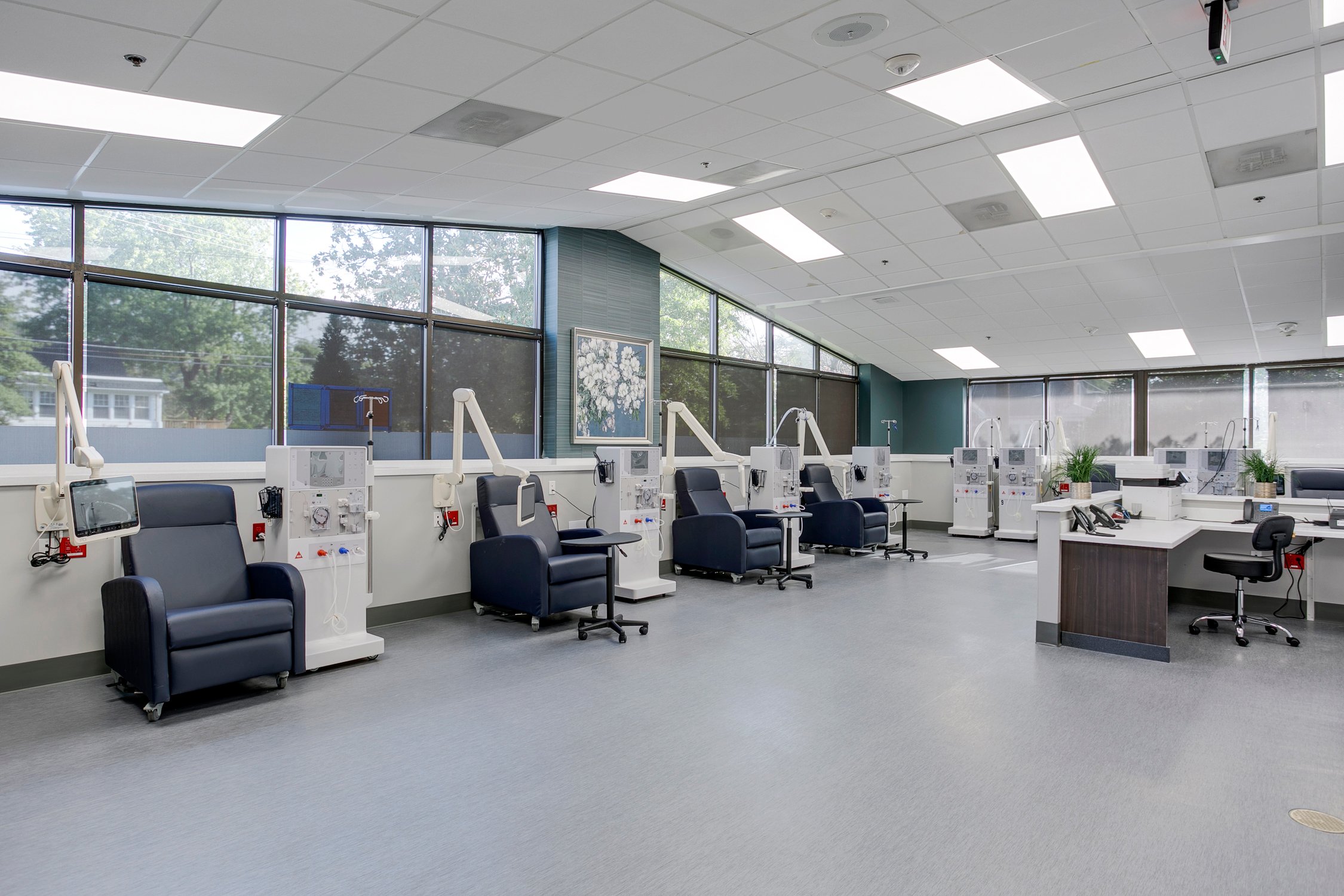
Space is a commodity in patient areas. When designing patient areas in healthcare facilities, thoughtful consideration must be made for space efficiency. Medical equipment placement, providing ample room for staff and guests, and the placement of amenities such as the patient TV must also be well planned.
Many facilities opt for wall-mounted TVs controlled by a pillow speaker, but great designs focus on a more engaging personal arm-mounted experience. Personal arm-mounted TV-tablet displays offer convenient access to infotainment, social connectivity, telehealth conference capabilities and translation services for today's modern healthcare needs.
Here are 9 different ways a personal patient display device can be mounted near the patient to maximize space efficiency, patient engagement, and work well for clinical staff needs. Access the complete medTV catalog here:
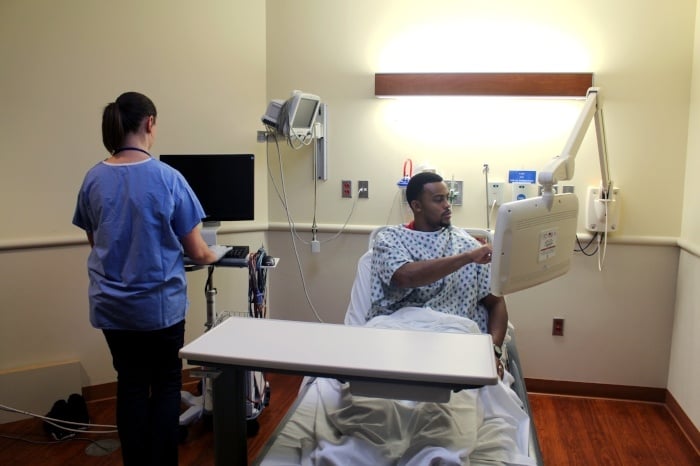
An arm-mounted system placed at the headwall or sidewall is a popular choice, and for good reason. This setup is convenient for patients, staff, and visitors alike. This mount makes it easy for the patient to maneuver the personal device to the perfect viewing position while in a bed or chair, without much if any assistance. The arm design also retracts to be flat against the wall for maximum space efficiency.
The swing arm can rotate toward a visitor couch in the room and also provides for easy cable management. The device is typically powered with an individual power supply inside this wall mount. This allows the TV power cables to be connected in close proximity on the wall and make it very easy to adjust, unplug or upgrade cables if needed.
Pros:
Cons:
Popular Applications:
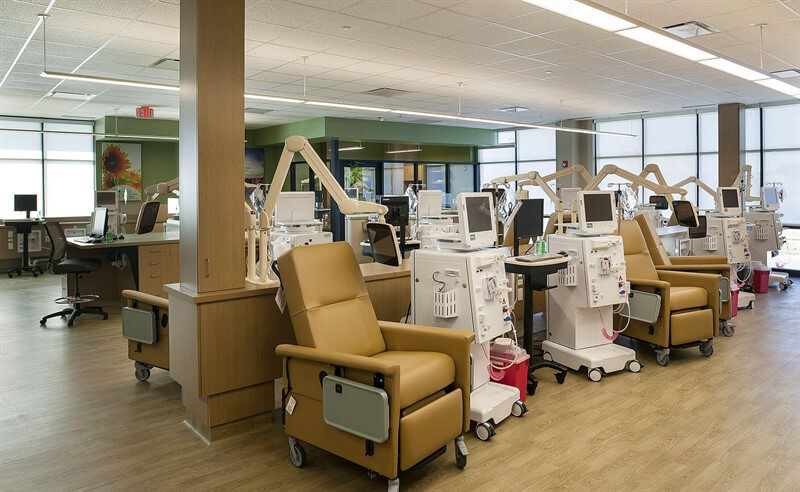
A counter mount provides a similar private viewing experience as the headwall mount, except it's placed on a counter. This approach can create a seamless aesthetic look and seamless design as PDi makes counter mounts in several heights to match set size, so designers can find the perfect fit without having to worry about countertop clearance. Once the arm is placed on the counter mount the arm can raise and lower based on the arms specifications.
Pros:
Cons:
Popular Applications:
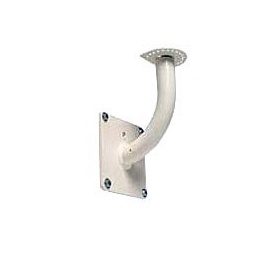
Can't place your mount on top of your counter or exactly where you need it on the wall? This is where the right angle mount solves your design dilemma. This is a versatile mount for areas that are tricky to work with. A right angle mount allows some positioning farther away from the wall in a place where the arm system wouldn't normally work, such as below a window or on the side of a counter to allow for extra space efficiency.
Pros:
Cons:
Popular Applications:
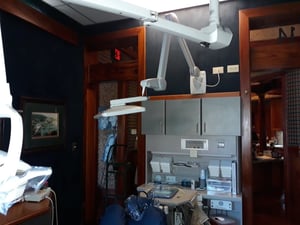
Dental patients and many critical care patients are immobilized and required to lie flat on their back. The hi-tilt mount provides entertainment, information and distraction to satisfy them too. The TV can be placed directly above a patient who is limited in their movement.
A central power supply is recommended for ceiling mounted arm systems so facility managers can easily access the power source from a central closet, and not place an individual power source in the ceiling above the bed.
Pros:
Cons:
Popular Applications:
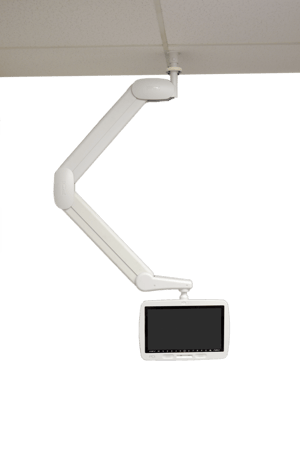
Another ceiling mounted option is the 48" extended reach ceiling mount that is useful for tall ceilings. This design has a large radius of motion as it has two arm sections. This design allows the whole system to be lifted high out of the way. A central power supply is recommended for ceiling mounted arm systems so facility managers can access the power source from a central closet and not place an individual power source in the ceiling.
Pros:
Cons:
Popular Applications:
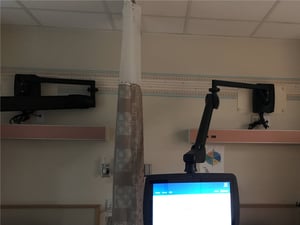
The horizontal arm system is usually specified for older building renovations where the ceiling height is restricted. This mount offers no upward arm motion on the rigid upper arm extension.
If the arm system needs to be mounted in a high place but cannot be placed on the ceiling, this is a good space efficiency option.
Pros:
Cons:
Popular Applications:
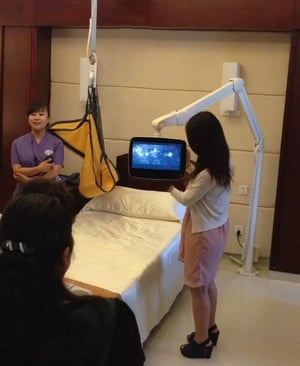
A floor mount for a complete arm-mounted personal patient device is yet another design option. It is often chosen to mount devices in large spaces or at "patient stations" that are not along walls or have counters. For example, larger chemo infusion or dialysis clinics may be designed having patient chairs set up in rows or squares in the center of the room.
The floor mount is a heavy, sturdy, yet slim support that mounts the arm to the typical height it would be if placed on a wall mount. Rotational stops can be added to this and any PDI mounts so arms are limited in motion to not bump into walls or other equipment.
Pros:
Cons:
Popular Applications:
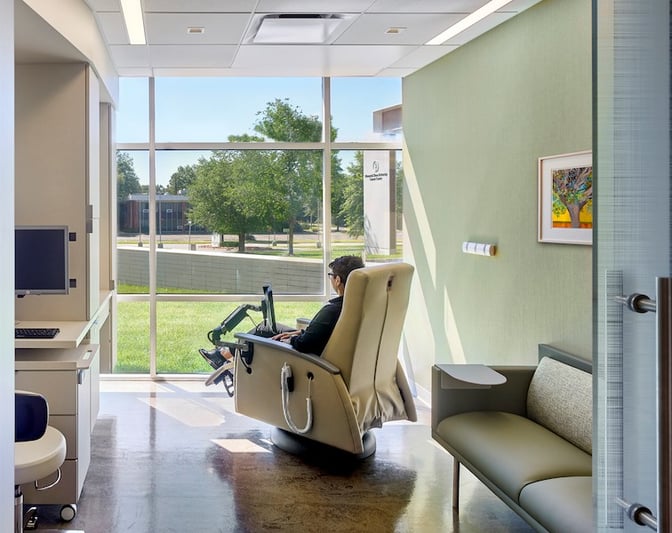
As technology devices become smaller and lighter it becomes easier to mount them with smaller arms in places that have less permanence than on the wall or on the ceiling. One such place is to mount a patient device on the chair itself which gives patients a real sense of ownership and feels like home comfort.
Pros:
Cons:
Popular Applications:
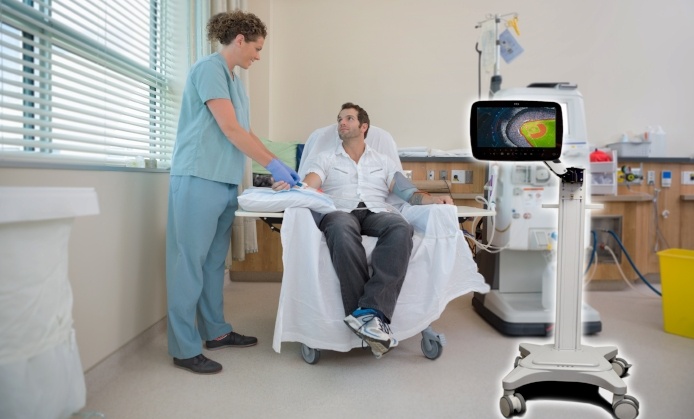
Delivering entertainment, connectivity and education doesn't mean you need to take on a renovation or installation in your facility. You can deliver patient entertainment with a device mounted to a mobile cart. This application is particularly useful for when a virtual translator is needed from time to time.
Pros:
Cons:
Popular Applications:
As you can see, there is no "one size fits all" solution when it comes to arm-mounted systems because every facility infrastructure and associated patient experience is unique. Thoughtful design considerations like these options brought to you by PDi bring the most value and patient satisfaction for every healthcare setting.
We can help. Call PDi Proservices. We install thousands of arm-mounted systems every year.
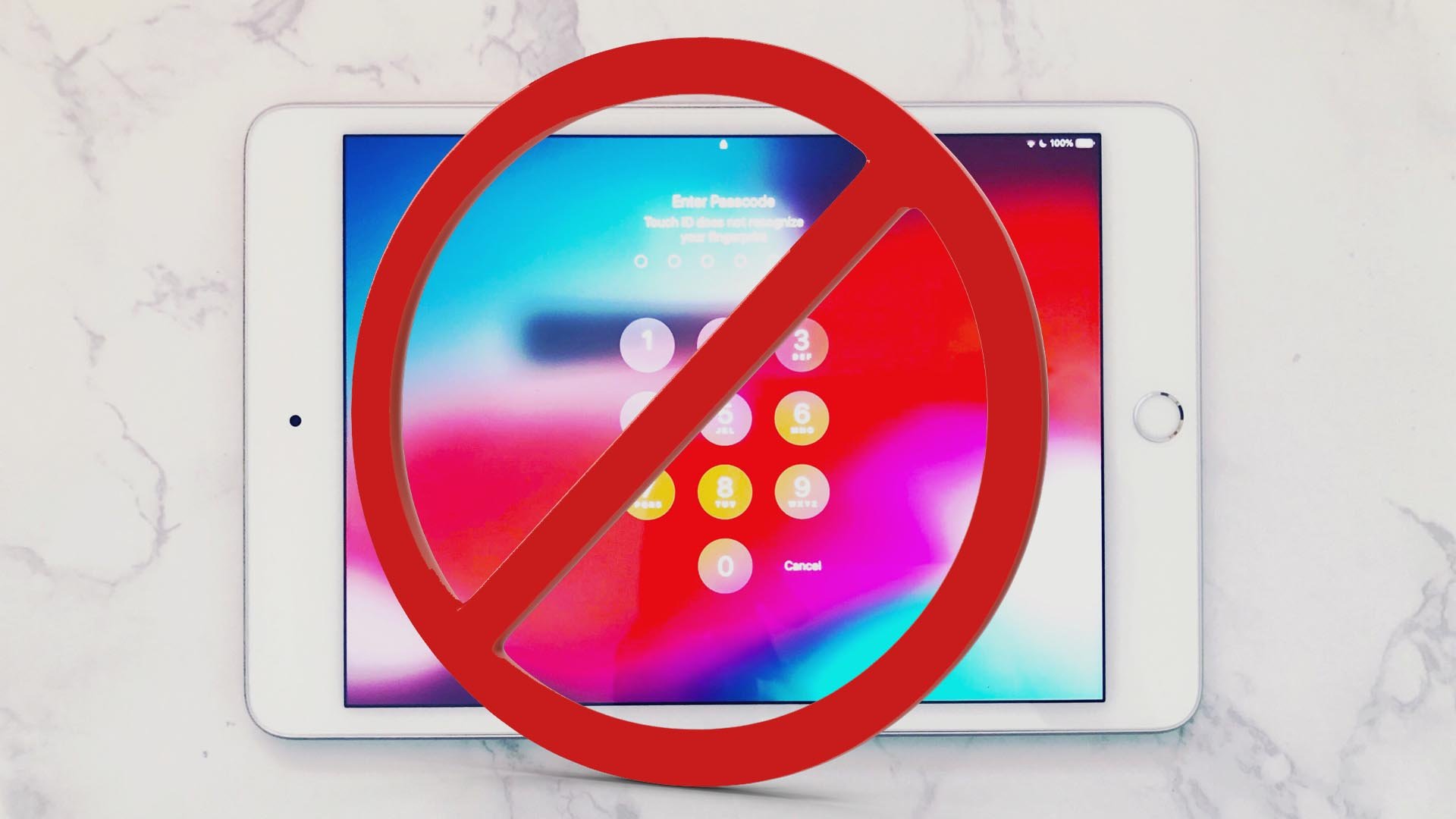
1 min read
Updated December 10, 2024 by Cat Saettel Patients can easily feel lonely during infusion therapy or a hospital stay. Healthcare organizations can...
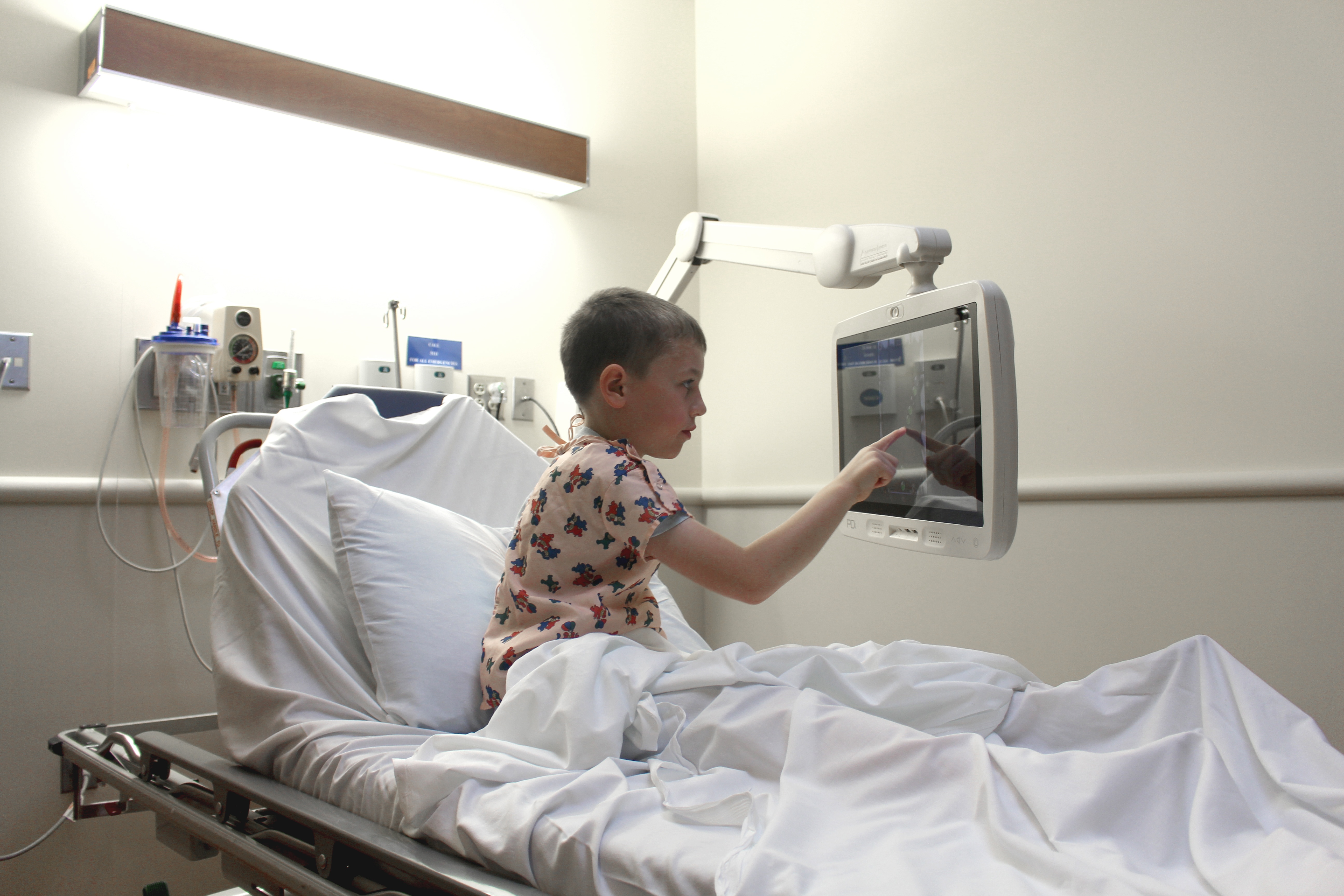
Part 3 of "Different Angles of Patient Engagement" Blog Series Previously, we discussed the experience of a large-screen footwall patient TV and ...
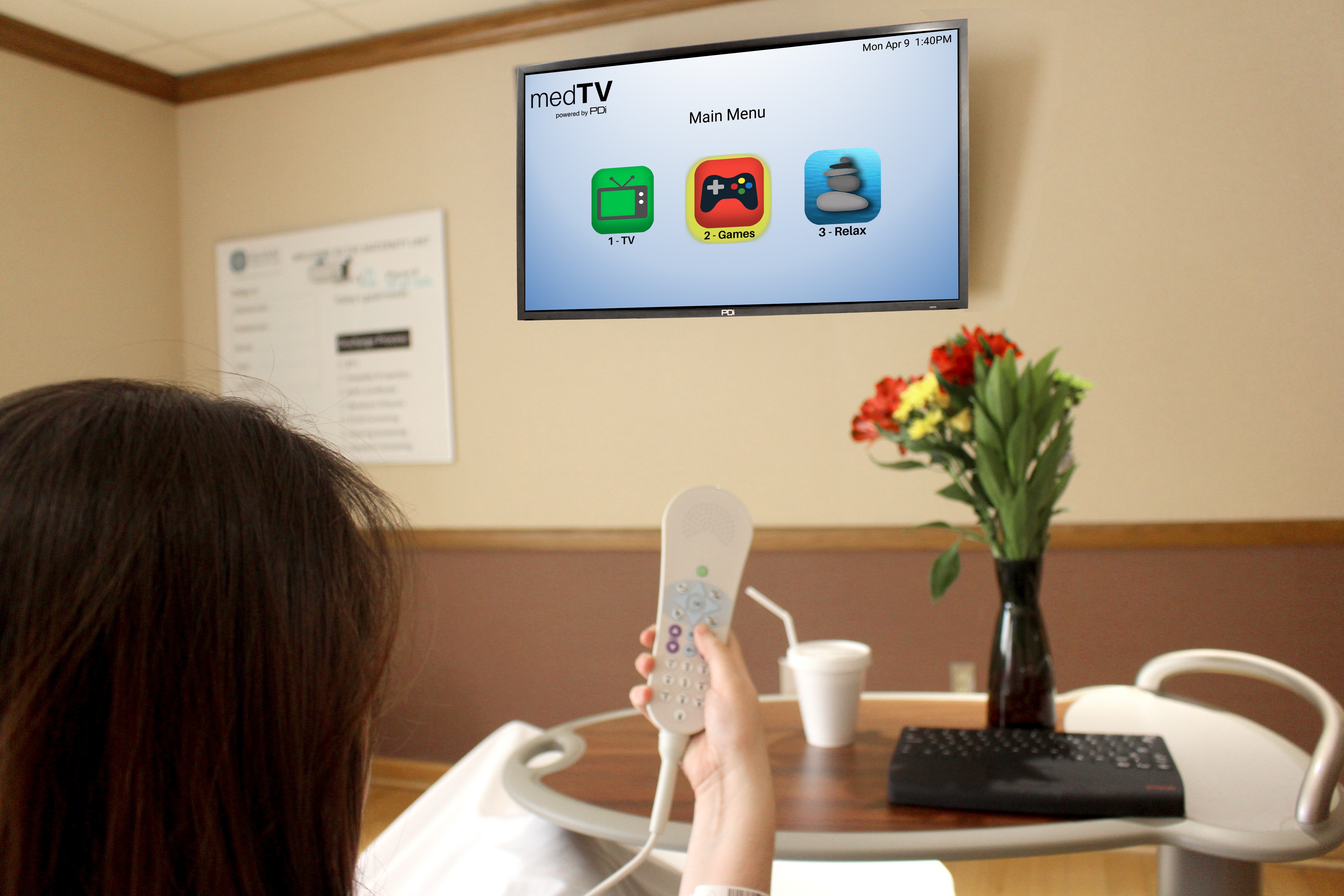
Updated December 10, 2024 by Cat Saettel Medical-grade TVs offer patients added entertainment and relaxation options, no internet required. No...